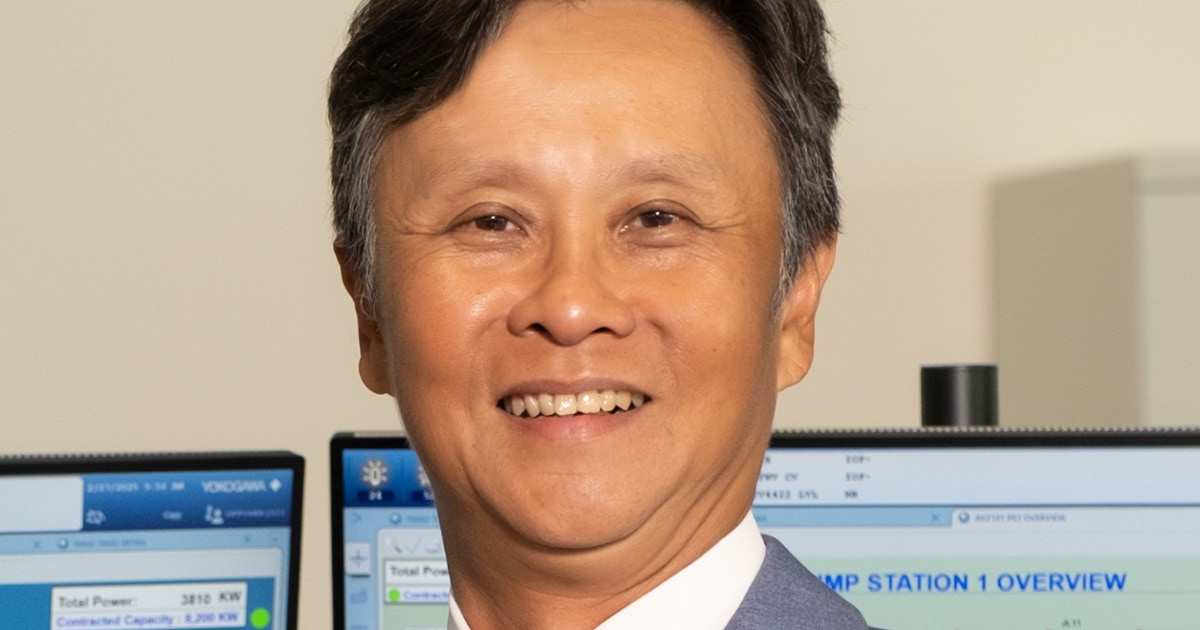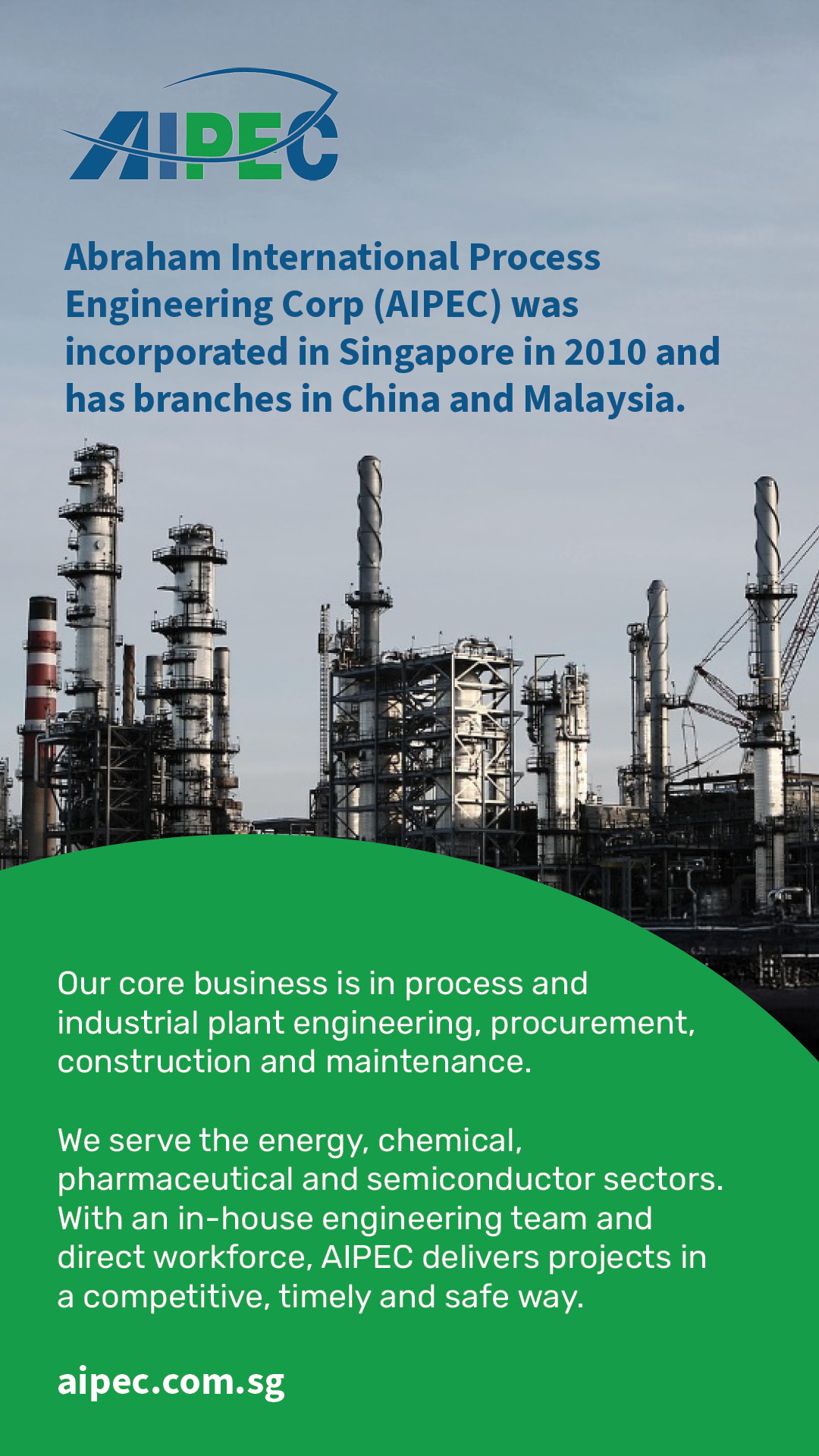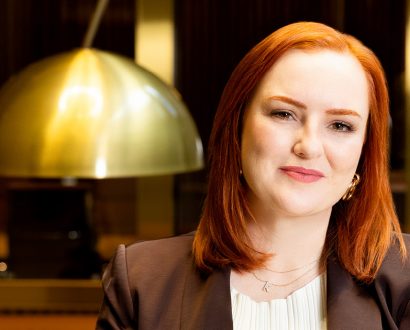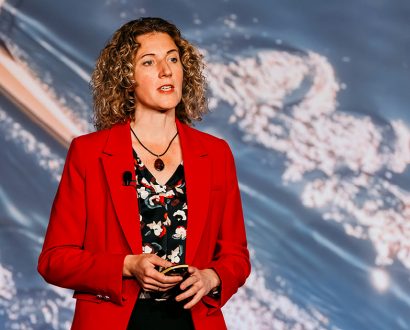When Loh Wei took the helm as CEO of Jurong Port Universal Terminal (JPUT) in 2021, the maritime and energy landscape was at a crossroads.
The COVID-19 pandemic had disrupted supply chains, global markets were in flux and Singapore’s energy future was uncertain. For Wei, the path forward was clear – play the hand you’re dealt, but play it well.
“There’s this phrase I always use: ‘You always play the card you’re dealt,’” he tells The CEO Magazine. “In business, this is the market and the resources you have at hand, which include your people – no-one outperforms them.”
Doubling down on maritime
From the outset, Wei has led the company, one of the largest independent petroleum storage terminals in Asia-Pacific, through a strategic pivot focused on two key areas: maritime and energy.
“Broadly speaking, the maritime pivot has worked out well – the energy one, however, is a mixed bag,” he admits.
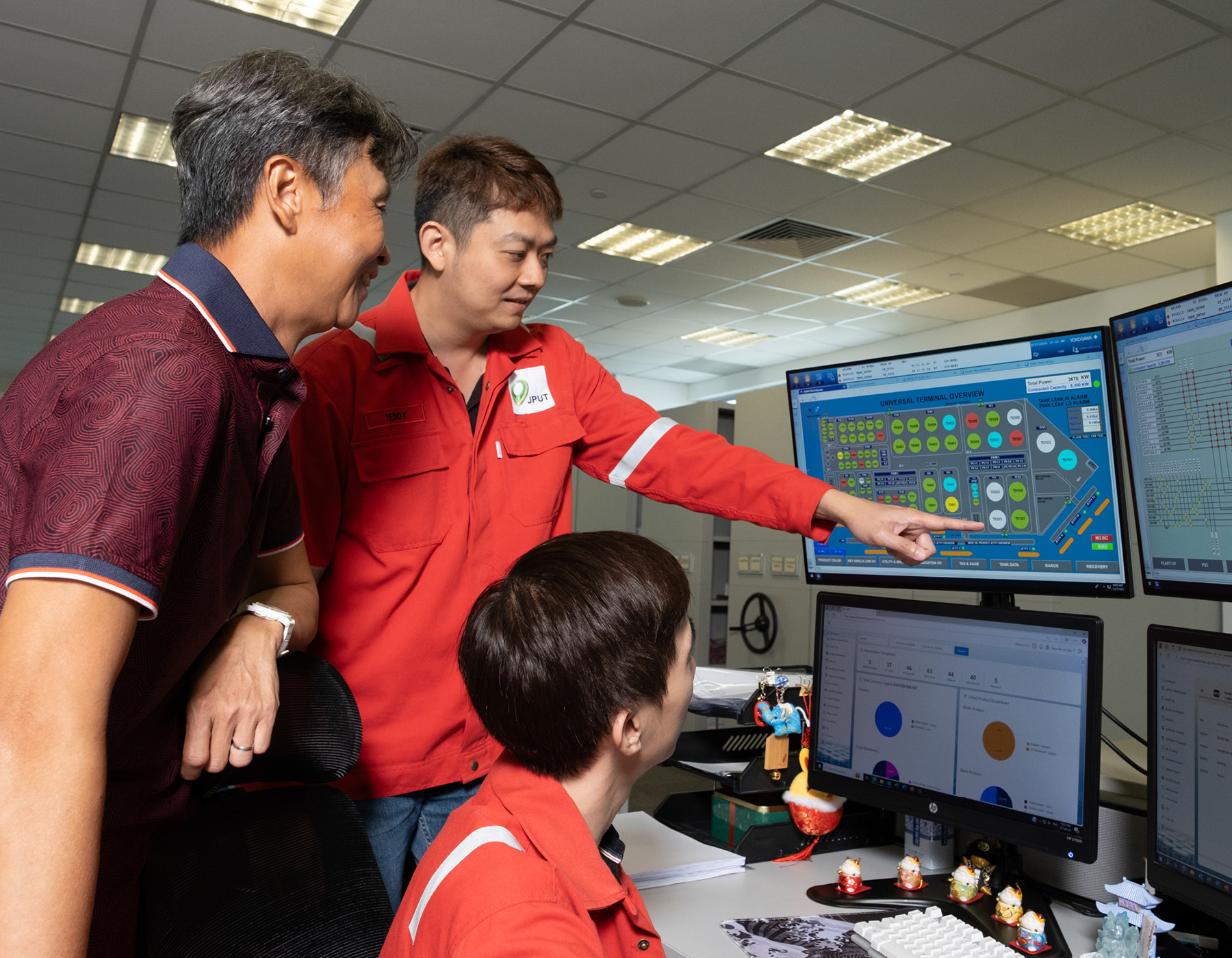

In the maritime space, Singapore’s status as a global shipping hub provided fertile ground for innovation. Wei and his team launched VesselConnect, a proprietary digital platform that has redefined how barge and vessel management is carried out.
He likens it to a popular ride-hailing app, but for ships.
“If you look at the interface, it reminds you of Grab,” Wei explains.
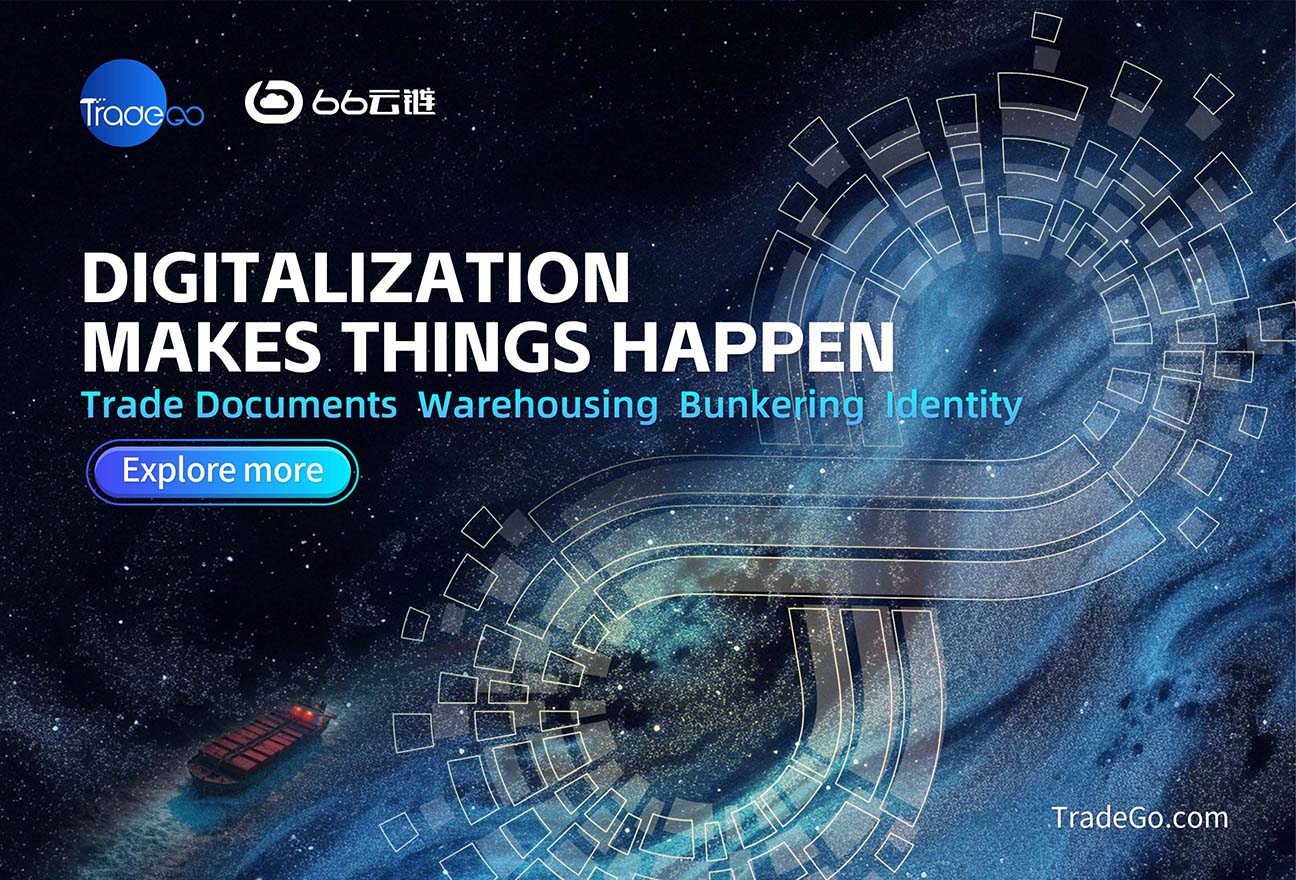
Advertisement
“It allows customers to book with bunker vessels, book our jetty and then deliver their product just in time with real-time tracking. Then, when you finish the journey, you get a digital document of the transaction.
“In the future, we will add more services, just like Grab, such as customs clearance.”
Officially launched in October 2024 after nearly two years of development and testing, VesselConnect has already created a new revenue stream for JPUT – something the company hadn’t seen in the last 10 years.
Sweating the assets smarter
What makes VesselConnect revolutionary is how it leverages JPUT’s existing physical infrastructure – 2.33 million cubic meters of storage, 78 tanks and 15 jetties – through a low-capital digital overlay.
“This industry is very conservative,” Wei says. “Typically, products aren’t brought to market until everything is engineered and stitched in.
“But here, we’re doing the opposite. We created a minimum viable product, brought it into market and drove adoption.”
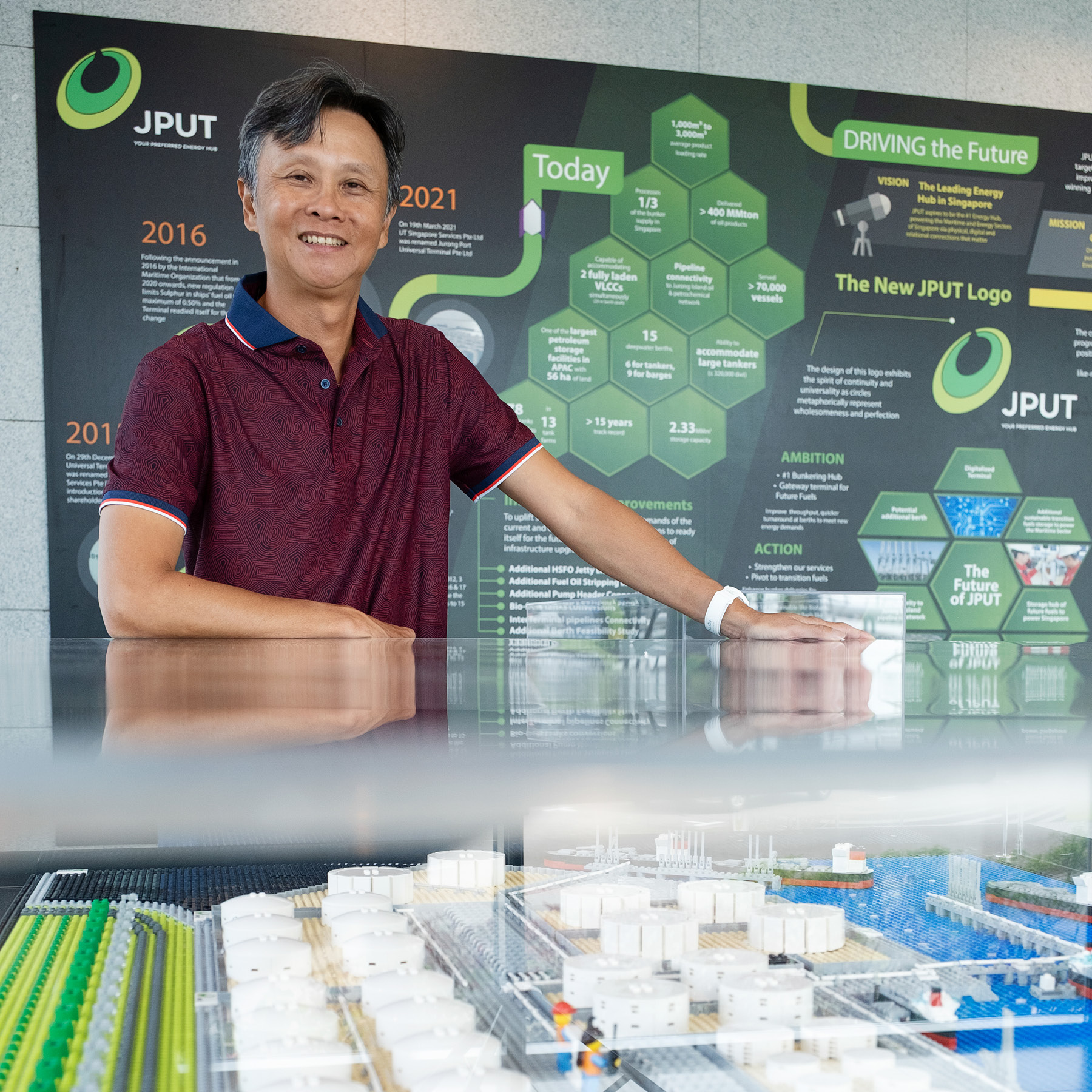

The team launched VesselConnect at no cost to users, gathered feedback, iterated quickly and then implemented a low-fee, high-volume model that’s now paying off.
“We go for high-volume transactions because we are looking for a big volume multiplied by a smaller fee, giving us a brand-new revenue base,” he says.
“This type of optimization has never been available to the market. The whole industry is very behind in terms of digital transformation; it’s like we’re still in the 1980s.”
A bridge between rivals
Innovation at JPUT isn’t just about digital tools though. Wei’s leadership has also been defined by bold decisions that challenge industry norms – like building a pipeline to a rival terminal.
“When we started planning the connection, there was skepticism,” Wei recalls. “People questioned it, saying, ‘Doesn’t it devalue your business? Doesn’t it introduce unnecessary competition?’”
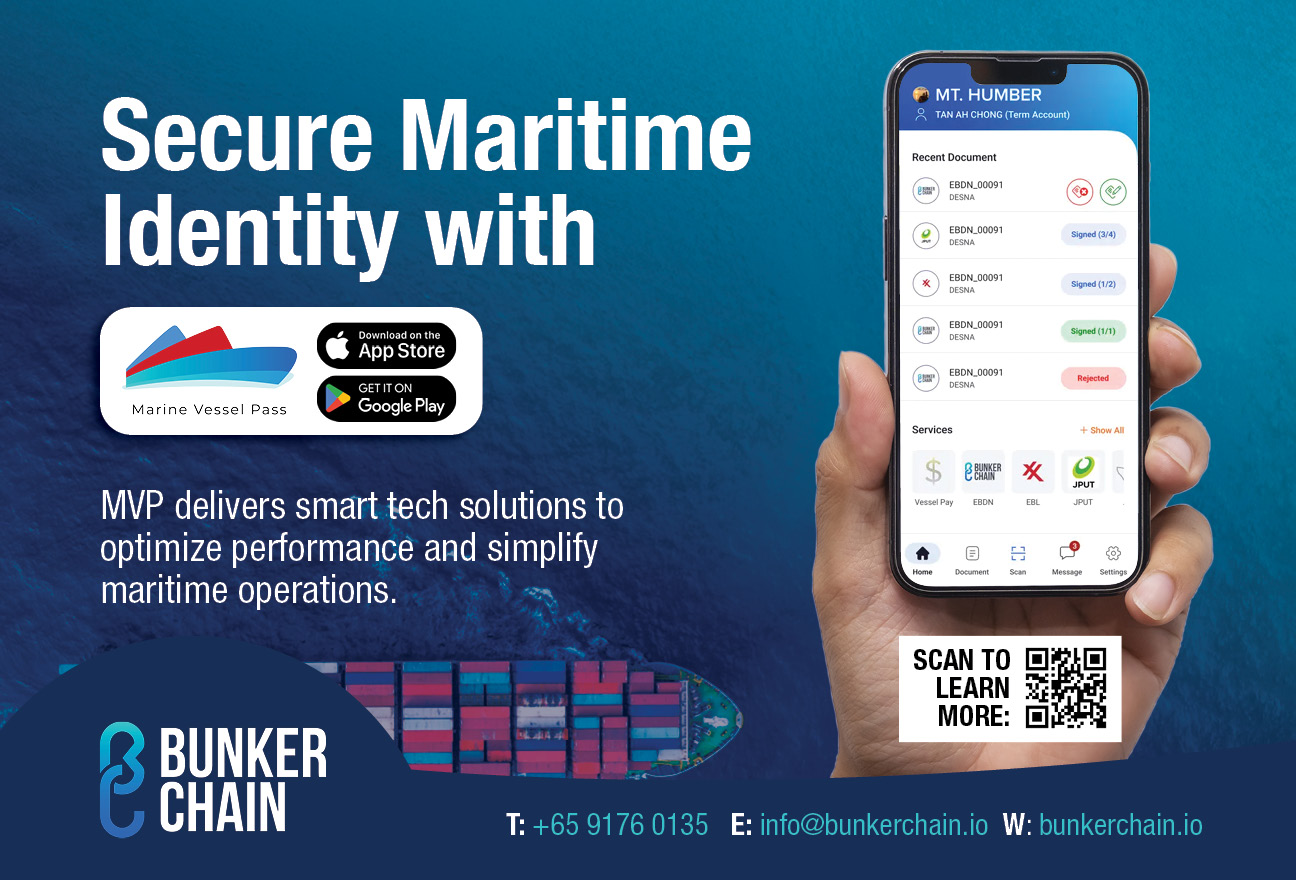
Advertisement
Instead, the results proved that collaboration could unlock far more value than isolation, he says.
“We’ve provided a supply chain optimization tool, which actually improved what others thought couldn’t get any better. Now they’re saying, ‘Oh yeah, you were right.’”
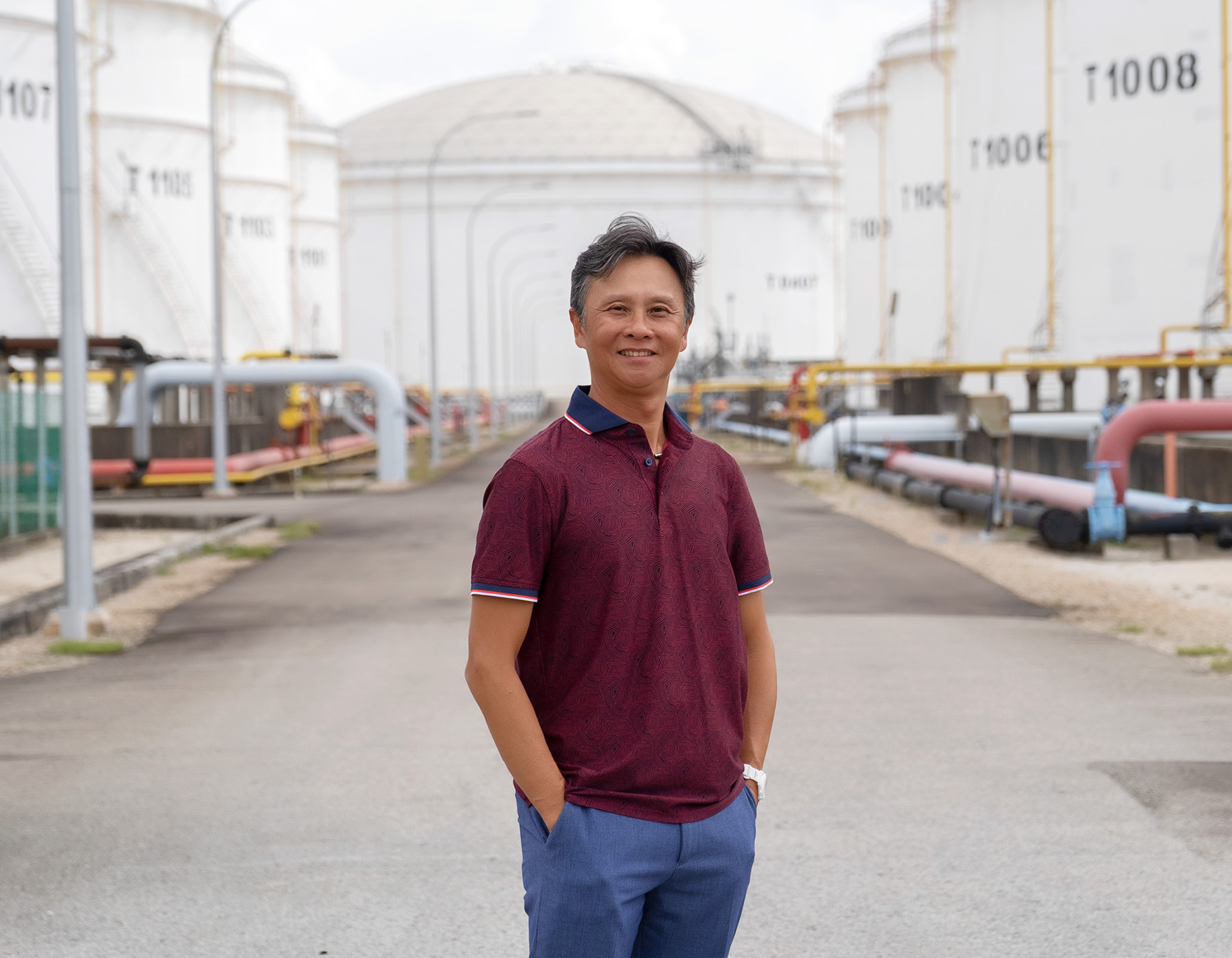

In Wei’s view, the real question was never about competition but about perspective: Do you build walls or do you build bridges?
“I’ve chosen to partner with our competitor – we built that bridge,” he says. “And now our customers are fully reaping the benefits and giving both of our terminals a thumbs up.”
Partners in progress
Key to the company’s success has been Wei’s unconventional approach to partnerships with vendors, rivals and the broader ecosystem.
Take VesselConnect’s development, for example. Instead of building the software in-house, Wei chose to collaborate with a vendor who had commercial ambitions beyond JPUT.
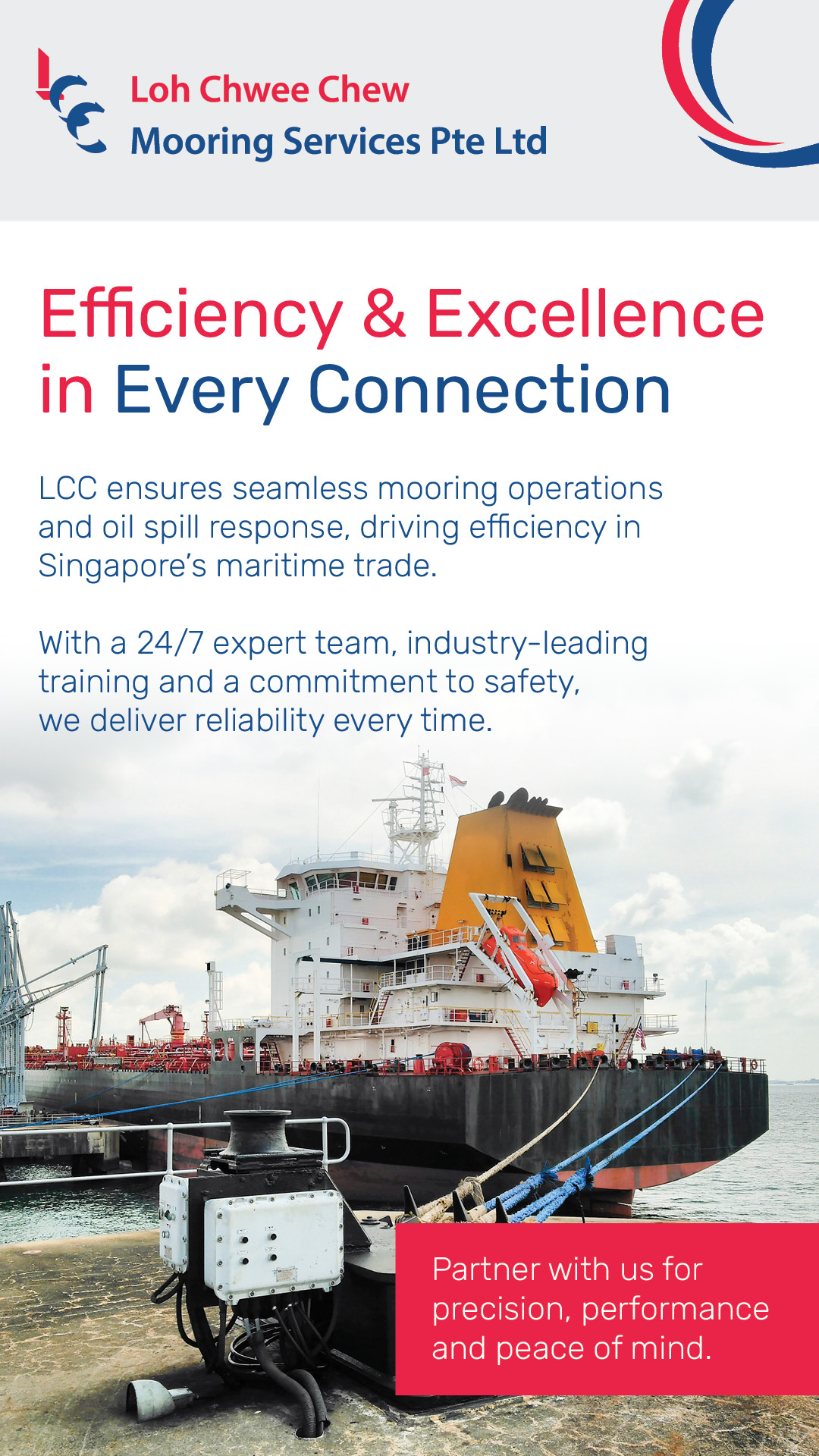
Advertisement
“With VesselConnect, we developed the concept in-house in collaboration with a software vendor. At the early stage, we knew we wanted this vendor to be as successful as we were,” he says.
“But we weren’t interested in selling the product to other terminals. However, they were. So we let them build it for us and sell it elsewhere. That way, we invested in our concept, and they invested in their future by developing a product for us at their risk and cost.”
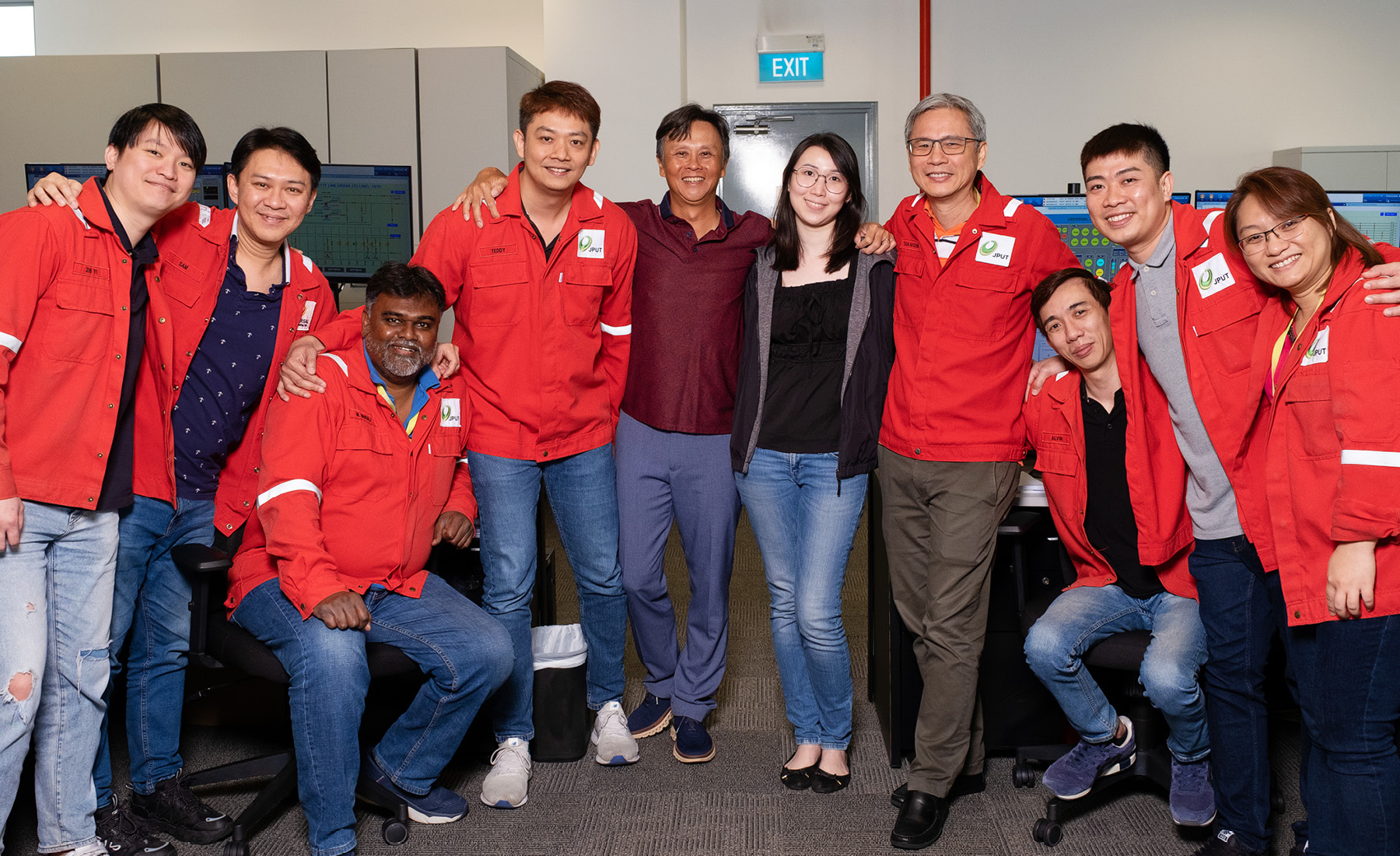

It’s a relationship built on mutual respect and transparency.
“They can’t take away my unique selling point, which is the many physical assets none of my rivals have,” he points out.
“So even if my rival terminals have access to this software, they won’t be able to derive the kind of optimization and revenue value that we have.”
Powering through energy uncertainty
On the energy front, JPUT has had a mix of successes and setbacks. The terminal has quickly become a market leader in biodiesel storage, which Wei admits was an unexpected bright spot fueled by geopolitical shifts.
“Due to the Russia–Ukraine war, the biodiesel market grew exponentially,” Wei explains. “We fetched very good revenue and brought on a wave of new demand, becoming market leaders almost overnight.”
But other alternative fuels, such as ammonia, remain on the horizon.
“After three years of exploration, the bottom line is it’s still too new. A commercial market hasn’t developed,” he says.
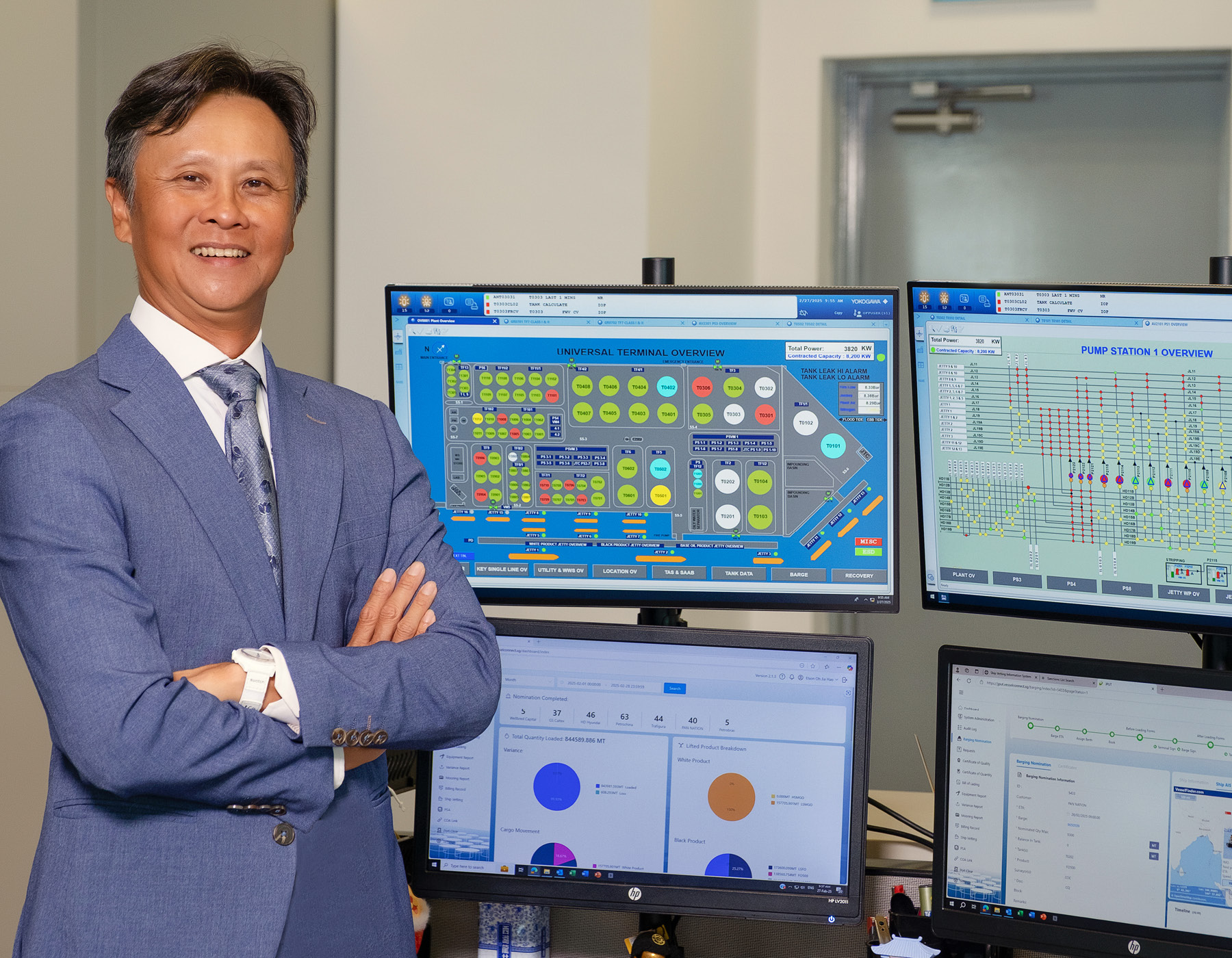

Still, Wei is undeterred.
“You can’t outrun the market simply because you have a good plan,” he explains. “If the market’s not ready, you can’t really expect it to change.”
Lessons in leadership
As the company evolves from a family-run operation to a corporate entity with a strong performance culture, Wei is acutely aware that the success of the transition hinges on leadership. And not just his own.
“When I stepped into this role, I looked at the resources and the people handed over to me,” he says. “We had a succession issue – very senior people nearing retirement and a younger generation eager to grow but not yet tested.”
However, the solution wasn’t just structural; it was cultural.
“What I try to inculcate in my people is that leadership isn’t about authority,” Wei reveals.
“Yes, I’m appointed CEO, but all of the 120 staff participated in making that decision.
“Corporate leadership is often anointed at the start; that is to say, your people did not choose you: someone senior in the corporation made that decision. After the anointing, a leader’s real work begins.”
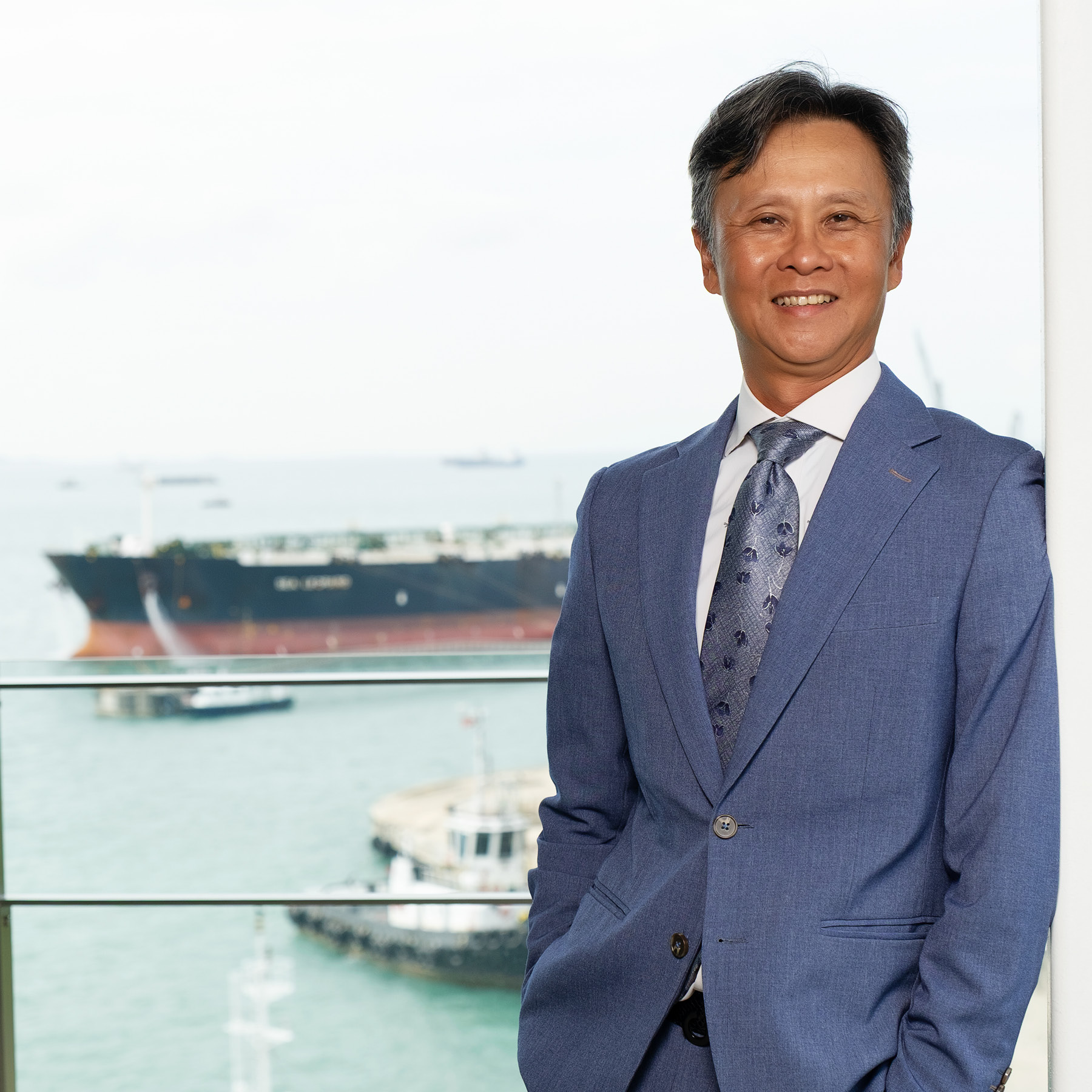

Therefore, respect, Wei believes, must be earned.
“The truly important work is whether you can command the respect of the people you are chosen to lead,” he explains.
“If you can earn their respect within the six months, then you are truly a leader of your team.”
As part of job rotation, Wei has now left his post as CEO of JPUT and returned to headquarters to take on several new challenges assigned to him.

